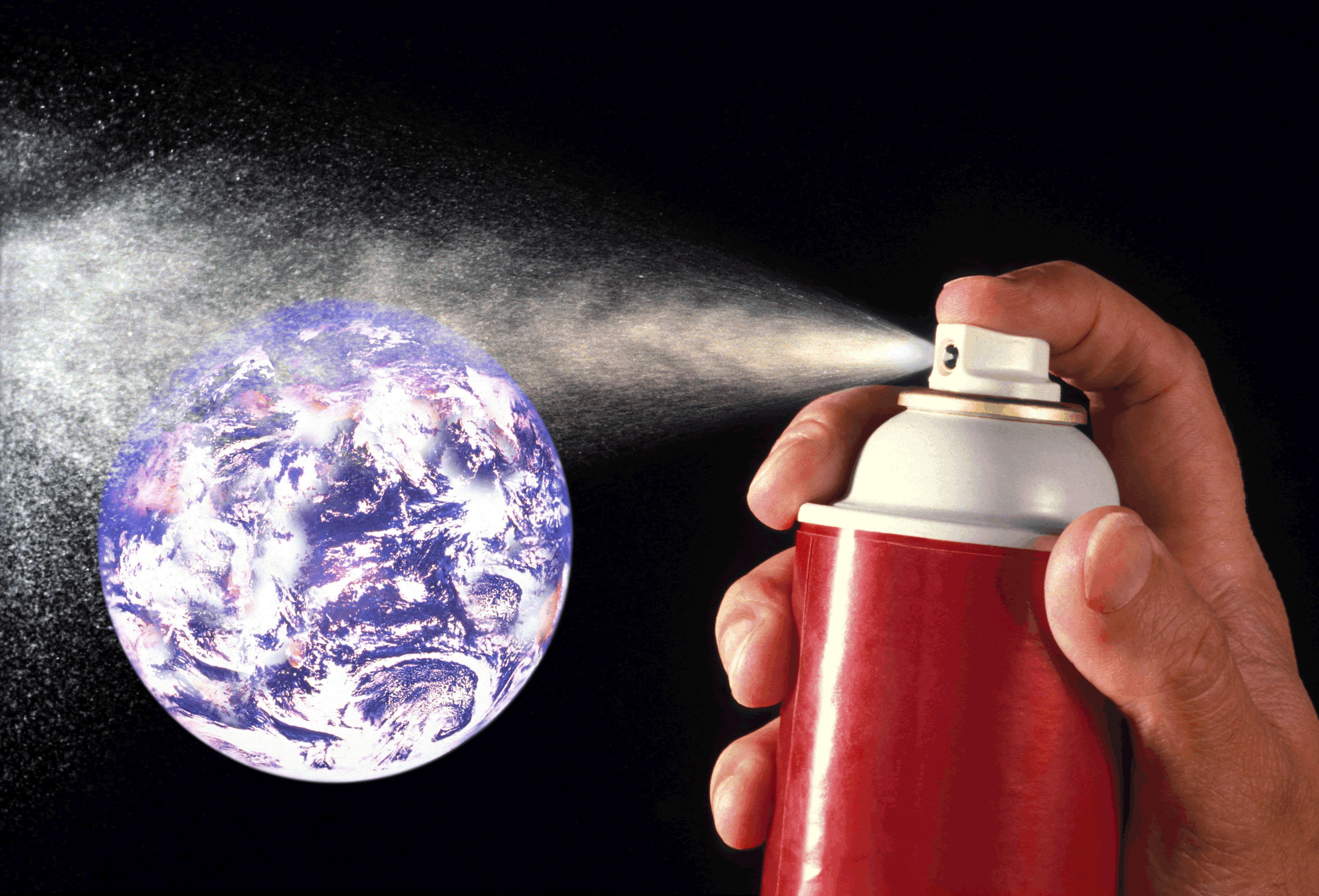
- All persons who sell or distribute any refrigerant must retain invoices that indicate:
- The name of the purchaser
- The date of sale
- The quantity of refrigerant purchased.
- Purchasers of refrigerant must provide the seller with evidence that at least one certified technician is employed by the purchaser. The seller must keep this evidence on file.
- Approved equipment testing organizations must maintain records of equipment testing and performance and a list of equipment that meets EPA requirements. The list must be submitted to EPA annually at the end of the calendar year.
- Reclaimers must maintain the following records and submit a report to EPA within 30 days following the end of each calendar year:
- The names and addresses of persons sending them material for reclamation
- The quantity of the material to be reclaimed
- The quantity of waste products.
- Persons disposing of small appliances must maintain copies of signed statements verifying that the refrigerant has been evacuated from the appliance, including:
- The name and address of the person who recovered the refrigerant and the date the refrigerant was recovered; or
- A contract that refrigerant will be removed prior to delivery.
Prepare your facility to deal with conducting self-inspections, preparing and handling visits from agency inspectors, responding to violation notices, and more with Inspection Requirements for EHS Managers. Get the new report.
- Persons servicing appliances normally containing 50 lb or more of refrigerant must provide the owner/operator of such appliances with an invoice or other documentation that indicate the amount of refrigerant added to the appliance.
- Owners or operators of appliances normally containing 50 lb or more of refrigerant must keep servicing records documenting:
- The date and type of service
- The quantity of refrigerant added.
- Technicians certified must keep a copy of their certificate at their place of business.
- Owners or operators requesting an extension of the 30-day leak repair requirement must maintain the following information on-site and include such information to EPA in support of the extension request:
- Identification of the facility
- The leak rate
- The method used to determine the leak rate and full charge
- The date a leak rate was discovered to exceed the applicable leak rate limit
- The location of leak(s) to the extent determined to date
- Any repair work that has been completed thus far and the date that work was completed
- The reasons why more than 30 days are needed to complete the work
- An estimate of when the work will be completed
- The dates, types, and results of all initial and follow-up verification tests.
Need an answer fast? Relax. Our editors guarantee a personalized response to your questions within 3 business days. Take a free trial of Enviro.BLR.com and see what everyone is talking about. For a limited time, also receive the new free special report: 2011-2012 EHS Salary Guide. Download Your Free Report
Penalties & Unannounced Inspections
Violations of refrigerant requirements under the CAA can result in significant fines. Intentional violations can result in criminal penalties and imprisonment. Submission of false or misleading information or failure to submit required records can result in criminal penalties, including 2 years’ imprisonment.
The gravity of a violation is determined by examining the potential environmental harm, the risk of, or actual, refrigerant loss, and the extent of deviation from the regulations. In addition, other factors not directly related to the violation can affect the penalty assessment. These include good-faith efforts to comply, previous violations, and payment of any previously assessed penalties for earlier violations.
Unannounced inspections are conducted routinely by EPA to evaluate compliance and to respond to violation reports.
See tomorrow’s Advisor for refrigerant management best practices that will help you avoid these steep penalties.
